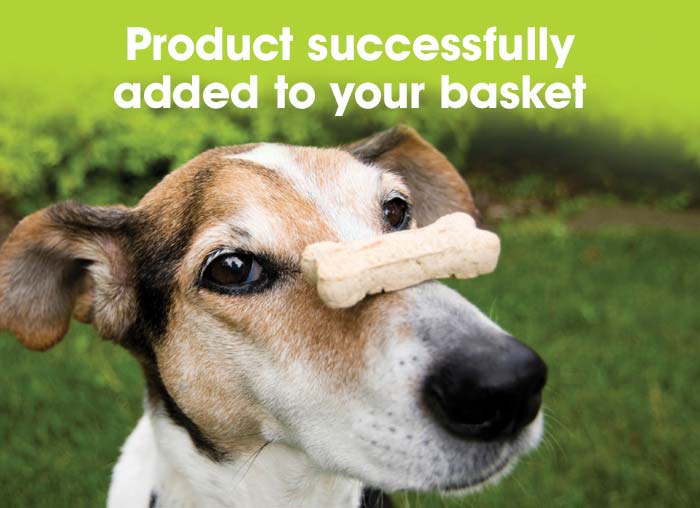

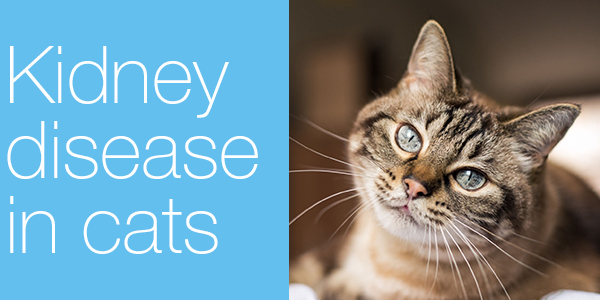
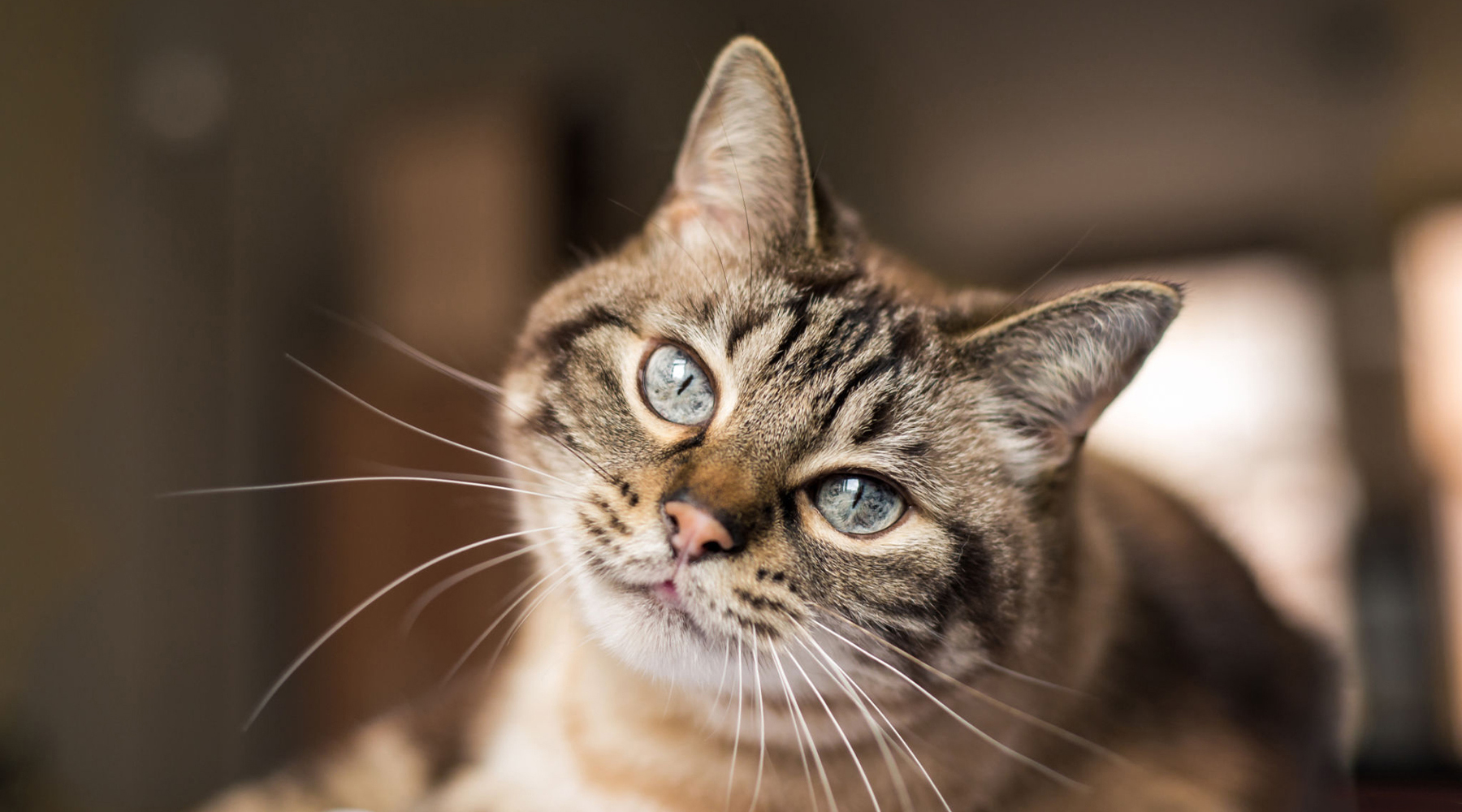

Chronic kidney disease (CKD) is very common in our feline friends. It is estimated that up to 80% of all cats over the age of 15 will suffer from CKD and it is the most frequent cause of death in cats over 5 years old.
Why does it occur?
Most cases of CKD are termed ‘idiopathic’ which means they have no apparent cause. Occasionally a specific cause may be identified such as polycystic kidney disease in Persian cats, exposure to toxins or cancer.
What do the kidneys do?
The kidneys perform several vital functions and are a major player in the body’s ‘homeostasis’ – maintenance of a steady state. They maintain the body’s water content, electrolyte balance, acidity and blood pressure, while also producing certain hormones, including one involved in red blood cell production, and removing toxins from the body. The kidneys have a considerable ‘reserve capacity’ meaning that CKD is often not identified until a 75% loss of function.
What are the symptoms of CKD?
CKD is a progressive condition. It will initially be ‘subclinical’ meaning there are no overt signs, only changes that could be picked up on a blood test. Initially symptoms may be mild and non-specific such as a reduced appetite and weight loss. This will then progress to more obvious symptoms such as increased thirst (polydipsia) and urination (polyuria). When CKD is advanced the cat will be much more debilitated – often anorexic, anaemic, weak, vomiting and can have a foul-smelling breath as the toxins build up.
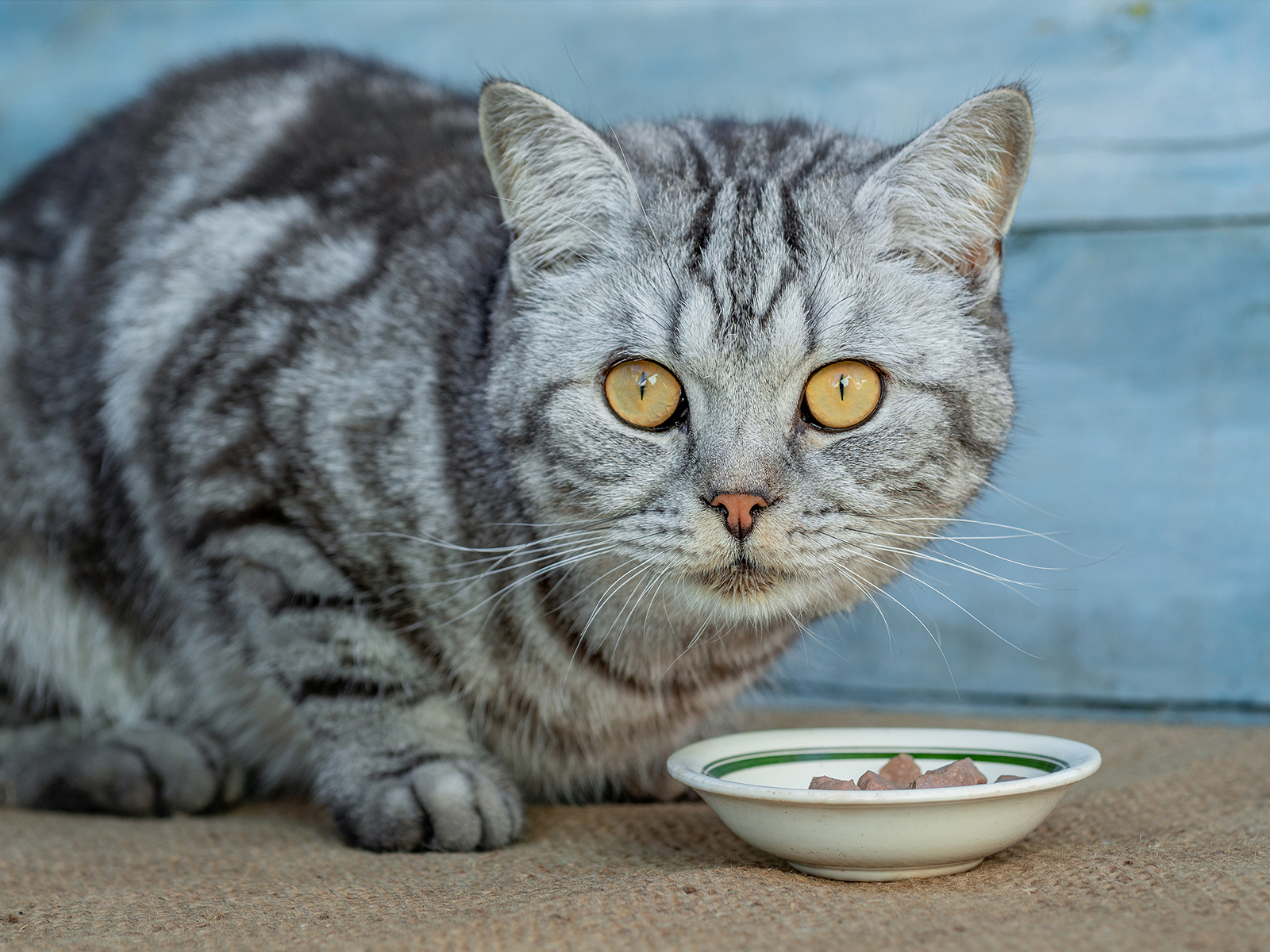

How is CKD diagnosed?
Your vet may have suspicions that your cat is suffering from CKD from what you tell them (the ‘history’) and from changes on the physical examination. At this point they are likely to suggest blood and urine tests. The main blood parameters that your vet will check are the by-products of metabolism normally excreted by the kidneys, namely urea and creatinine. These levels will increase in kidney disease as the kidney becomes less effective in excreting them. They will also be checking if your cat is anaemic (low red blood cells) plus phosphate and potassium levels. There is now a relatively new test available, SDMA, that can be an earlier indicator of reduced kidney function. Cats with CKD produce large volumes of very dilute urine and can be prone to urinary tract infections so a urine sample is often recommended to check urine concentration, for the presence of infection and for the presence of protein in the urine. Other tests may include checking your cat’s blood pressure as high blood pressure can be a cause and consequence of kidney disease.
My cat has been diagnosed with CKD, now what?
Unfortunately, CKD cannot be cured, only managed to delay the progression. Prognosis is variable and it may be difficult for your vet to give you an indication of how long your cat will live after a diagnosis of CKD; sometimes it can be several years, other times only weeks. There are some clues that your vet can pick up on – known as ‘prognostic indicators’ – that may give a better idea of how poorly your cat is. These include the level of protein in the urine, the level of phosphate in the blood and the presence of anaemia. Your vet will probably recommend regular checks, to include blood and urine tests, to monitor your cat’s progression.
However, there are proactive changes you can make to extend your cat’s quality and quantity of life.
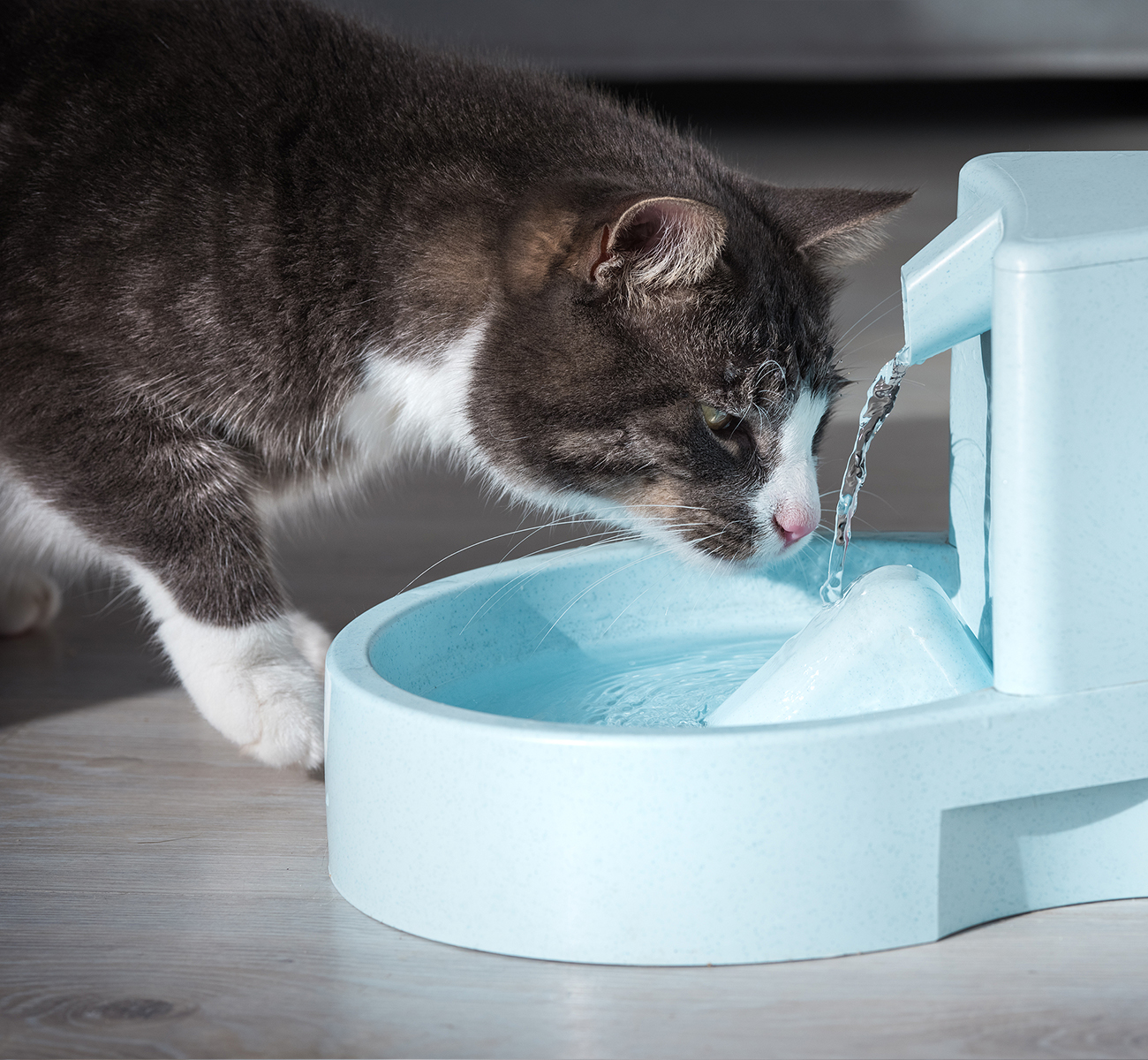
Diet
The ideal diet to feed your cat consists of low amounts of good quality protein and a restricted amount of phosphate. The best way to do this is to feed a commercial renal diet. Adding antioxidants, essential fatty acids and potassium has been shown to protect the kidneys against further damage and keep your cat happier for longer. Cats with CKD often have a reduced appetite so make any changes gradually, warm the food if necessary. Contact your vet if they are not eating as progression can occur quickly in anorexic cats, your vet may offer medication to stimulate their appetite.
Dehydration
Cats with CKD produce a large amount of dilute urine and are very prone to becoming dehydrated, which in turn puts more strain on the kidneys. Maintaining a good fluid intake is vital; offer water in a variety of ways (different bowls, water fountain, flavoured etc) and try to feed wet food as much as possible. If struggling to maintain adequate water intake, your vet may suggest injecting fluid under your cat’s skin or even hospitalising them on an intravenous drip for a few days.

Medication
There are a number of medications that your vet can advise as to whether they are appropriate for your cat. These include blood pressure tablets, potassium supplements, phosphate binders, drugs to control nausea and stimulate appetite, plus drugs to improve blood flow to the kidneys and reduce protein loss in the urine in an attempt to slow disease progression.
In advanced cases of CKD, anaemia may be managed by injections of erythropoietin – the hormone that is normally produced by the kidneys to stimulate red blood cell production. Other potential options are anabolic steroids and gastroprotectants, as the increased levels of the body’s toxins can cause ulceration in the gastrointestinal tract – known as ‘uraemic gastritis’.
Chronic kidney disease inevitably progresses and unfortunately will eventually lead to the need for euthanasia. Hopefully by making some proactive changes to your cat’s diet and lifestyle you may be able to delay making that heartbreaking decision.
Selected Sources
- Conroy et al (2019) ‘Chronic kidney disease in cats attending primary care practice in the UK: A VetCompass TM study’ Veterinary Record 184(17) p.526
- International Cat Care (2018) ‘Chronic Kidney Disease’ icatcare.org/advice/chronic-kidney-disease/
CONTACT
Copyright © Natural VetCare 2019
Security & Privacy | Cookies | Terms & Conditions





